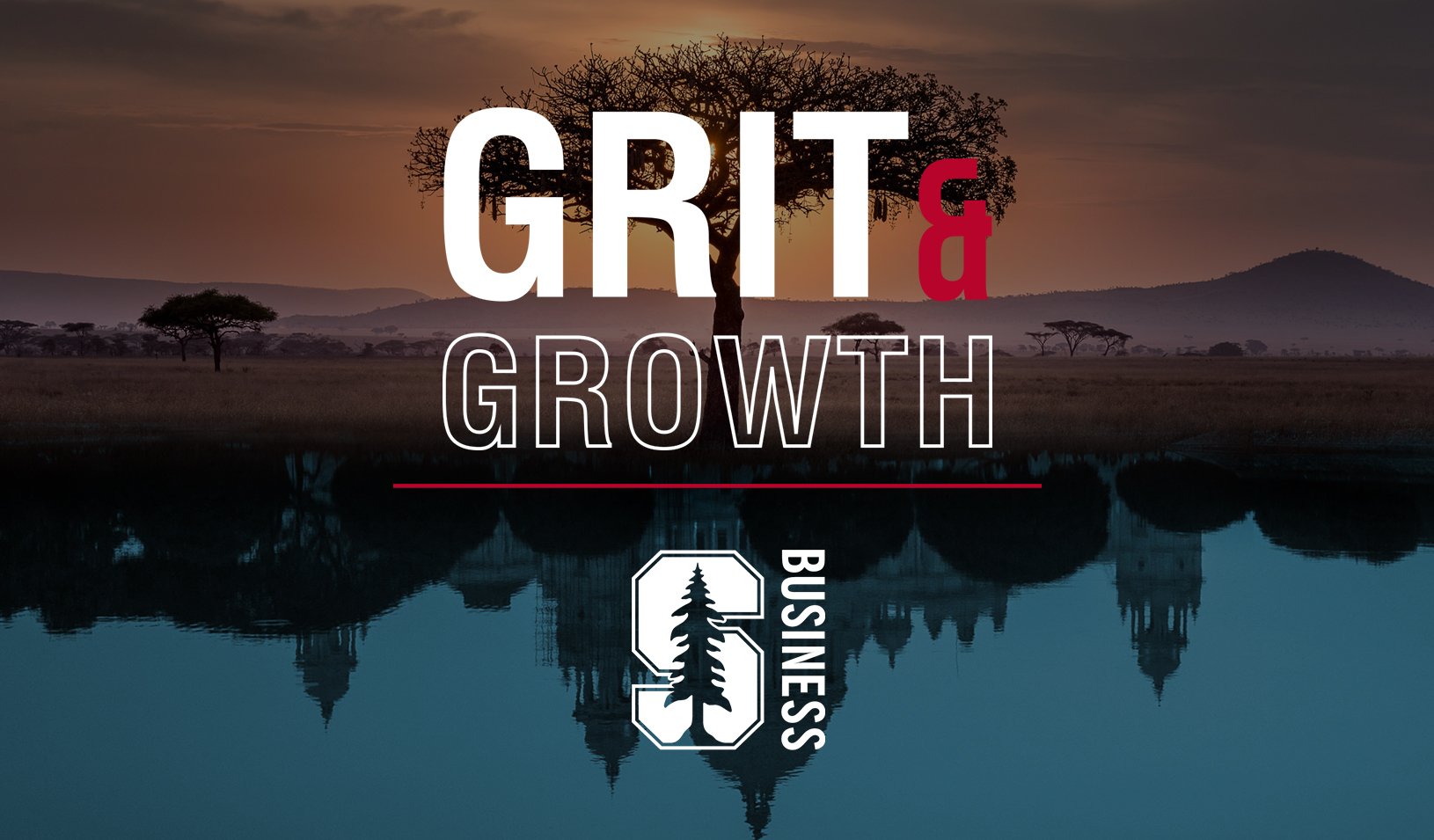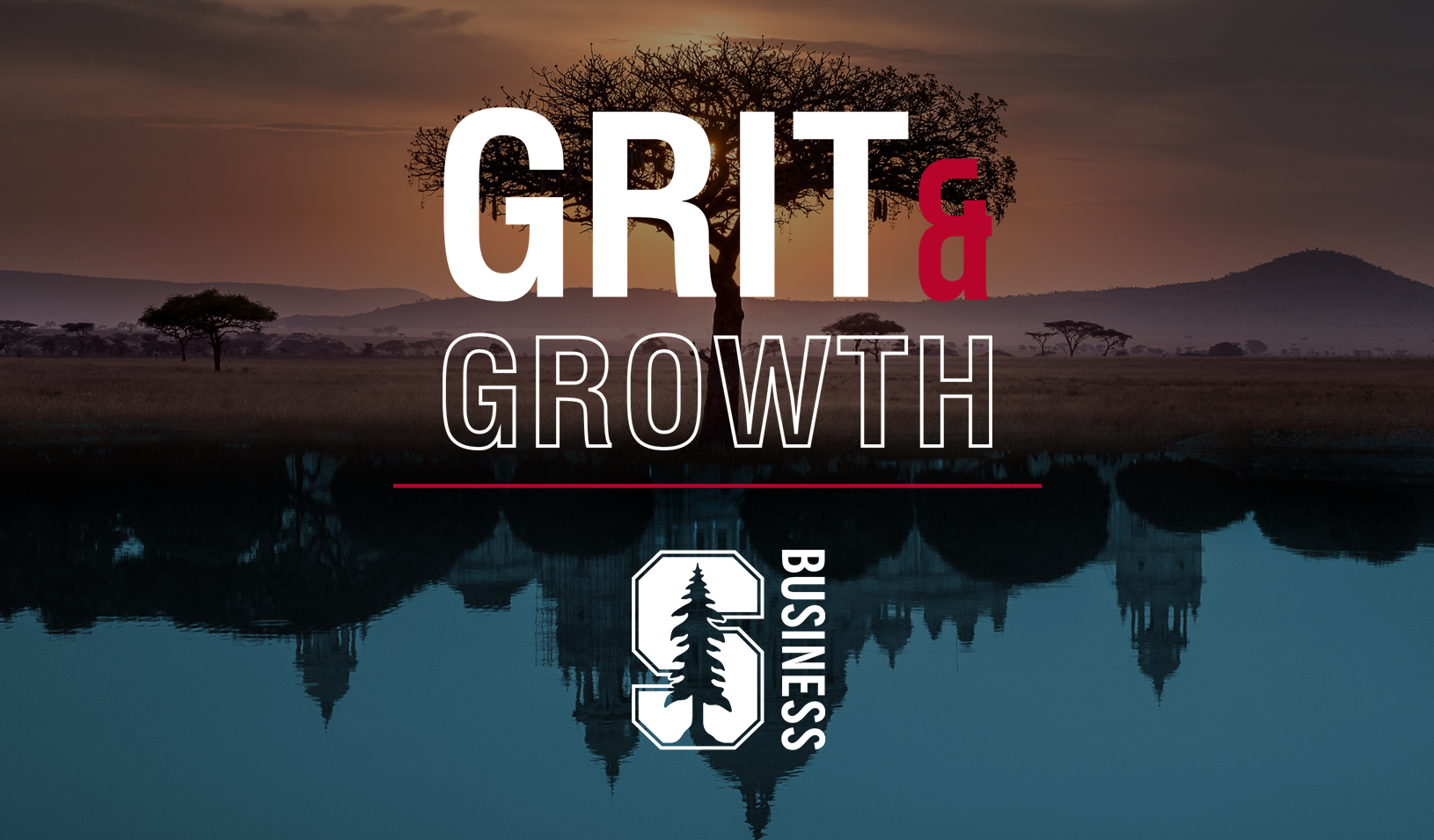10 Most-Read Stories of 2017
Readers keyed into humor’s workplace value, the secret to improving communication skills, and advice from Sheryl Sandberg and Marc Andreessen.
December 04, 2017

Enjoy 2017’s most popular Stanford Business stories. | Photo by Elena Zhukova
What caught our readers’ attention in 2017? Stories from top business leaders who spoke on campus, research about highly valued startups, and advice on improving management skills. Read below to see the 10 most popular stories of the year.
1. Sheryl Sandberg: Develop Your Voice, Not Your Brand
Facebook’s chief operations officer shares with Stanford Graduate School of Business students her thoughts on pursuing a meaningful career. Be a voice, not a brand, she says. Also, dream long but plan short. “If you try to plan out your career, it’s going to be boring. You’re going to miss all the good stuff.”
2. Marc Andreessen: “Take the Ego Out of Ideas”
The prominent Silicon Valley venture capitalist describes his views on risk-taking and his willingness to reexamine his assumptions. “Every highly successful VC has made mistakes of omission, really big ones, of companies that they had the chance to invest in, they should’ve invested in, they didn’t invest in,” Andreessen says. “Take the bet, lose 1X. Don’t take the bet and possibly miss on 1,000X.”
3. Humor Is Serious Business
Research from Stanford GSB professor Jennifer Aaker and lecturer Naomi Bagdonas shows that we fall off a “humor cliff” when we enter the workforce. Not a great trend, she notes, because humor increases employee retention rates, spurs innovative solutions to problems, and helps teams become more resilient to stress.
4. One Communication Tool You Should Add to Your Toolkit
Each day we engage in small talk, answer impromptu questions, introduce people, provide feedback, respond to emails, and perform a hundred other quick communication actions. Stanford GSB lecturer and coach Matt Abrahams reveals a communication tool that we can all use to become more nimble and efficient.
5. Opposites Don’t Attract
Professor Michal Kosinki digs into our digital footprints — all those Facebook likes — to show that our friends and romantic partners share many of our same personality traits. Birds of a feather do, indeed, flock together.
6. Phil Knight: “For an Entrepreneur, Every Day Is a Crisis”
The cofounder of Nike doesn’t mince words when he describes a moment that nearly tanked his athletic shoe company. “Our biggest battle involved things with our government,” he says. “We didn’t have a [GSB] course in that.” Here he discusses the expectation of failure and the ways technology will change Nike.
7. What Do We Really Want?
We might crave cheesecake, but we also want to lose a few pounds as a New Year’s resolution. Can our desired attitudes (eating less) affect our behavior as much as our actual attitudes (wanting to stuff our faces)? Stanford GSB marketing professor S. Christian Wheeler dives into this question.
8. Silicon Valley’s Unicorns Are Overvalued
Startups worth more than $1 billion were once considered rare. Now you can’t throw a rock in Silicon Valley without hitting one. But are they really worth this much? Research from finance expert Ilya Strebulaev suggests these valuations fail to reflect reality.
9. Why Working from Home Is a “Future-Looking Technology”
What happens when a large corporation lets its workers clock in from home? Researcher Nicholas Bloom discovers a “massive, massive improvement in performance.” Find out why.
10. Six Ways to Be a Better Manager
Good managers, it turns out, don’t worry so much about consensus or predicting the future. Stanford GSB scholar William Barnett explains why the best leaders seek out arguments and look for systems that create foolishness.
For media inquiries, visit the Newsroom.
Explore More

Creating a Culture of Healthy Debate

Survival and Growth: Franchising in Africa



